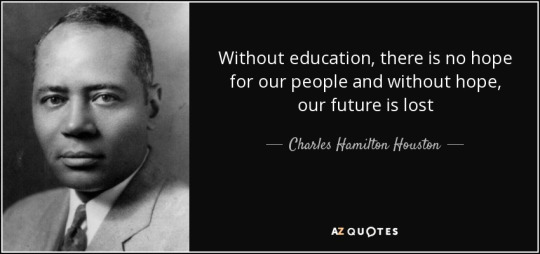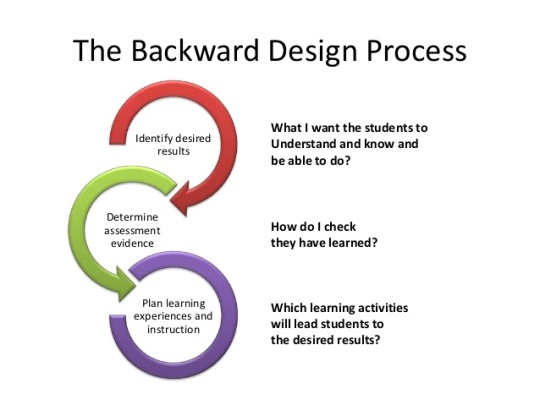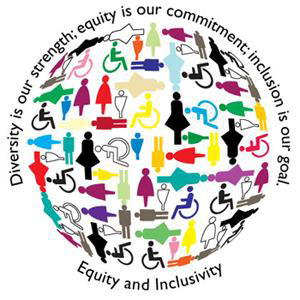Don't wanna be here? Send us removal request.
Text

So being this my Last post on Tumblr I just really hope that through the power of education we can make a difference.
3 notes
·
View notes
Text
Gender Discrimination in education:
Girls around the world are experiencing gender discrimination from the age of just seven years old, with one in ten primary schoolgirls reported being unhappy being a girl, doubling to one in five by the time they reach secondary school. This contrasts with less than 1% of boys at primary school and less than 3% of boys at secondary school.
#equality in education
7 notes
·
View notes
Text
Discrimination in education is the act of discriminating against people belonging to certain categories in enjoying full right to education. ... Education discrimination can be on the basis of ethnicity, nationality, age, gender, race, economic condition, disability and religion.
0 notes
Text
QUALITY EDUCATION
What is education?
Education is an act or process of educating to give intellectual, moral and social instruction. It is a formal and prolonged process. It is also a development of character or mental powers which decides the future of an individual. Why do we need education?
With the advancement of science and technology, the world scenario and the environment have changed. In order to fit and survive with the changing world, one has to educate himself.
3 notes
·
View notes
Text
Technology is a powerful tool for learning that can be used effectively to help students develop the skills necessary to succeed in school and beyond. Students can develop transferable knowledge and skills as they engage in learning experiences that require them to construct knowledge. In order to facilitate these types of deep learning experiences, an adjustment in traditional instructional practices is necessary.
1 note
·
View note
Text
Girls’ education goes beyond getting girls into school. It is also about ensuring that girls learn and feel safe while in school; complete all levels of education with the skills to effectively compete in the labor market; learn the socio-emotional and life skills necessary to navigate and adapt to a changing world; make decisions about their own lives; and contribute to their communities and the world.
Girls’ education is a strategic development priority. Better educated women tend to be healthier, participate more in the formal labor market, earn higher incomes, have fewer children, marry at a later age, and enable better health care and education for their children, should they choose to become mothers. All these factors combined can help lift households, communities, and nations out of poverty.
2 notes
·
View notes
Text
We need to prepare our students for life not just for exams..
0 notes
Text
For a better and effective learning environment, it’s really important to teach students how to cope with the stress that they constantly deal with.
https://www.verywellmind.com/top-school-stress-relievers-for-students-3145179

0 notes
Text

Really really Sad,a student committed suicide just because he was unable to get good grades.His life's worth is getting good grades .🙁🙁
2 notes
·
View notes
Text
In the last session, we did an activity about what steps should be taken in order to make public schools, low-cost private schools and madrasa a better institute.
our group chose public schools. In our discussion, we came to realize that the conveyance of knowledge is more important than speaking English as a language. I realized that public schools are mostly Urdu medium, just converting them to English medium won’t have any effect. The main goal is to spread knowledge which can also be done simply by speaking in Urdu with children. It’s not about which language we use to communicate, it’s about are we able to communicate at all?
4 notes
·
View notes
Text
It's important to keep in mind what to teach your students?Should algebra be taught before geometry ?or Is
the concept of noun more important that the concept of verb?What to teach first?? It's always important to have linkages between different concepts,your student shouldn't be confused or lost in the way a teacher decides his\her syllabus .
#clearity
1 note
·
View note
Photo

The backward design approach consists of three general stages:
Stage 1. Identify Desired Results.
In Stage 1 we consider the goals. What should students know, understand, and be able to do? What big ideas are worthy of understanding and implied in the established goals (e.g., content standards, curriculum objectives)? What “enduring” understandings are desired? What provocative questions are worth pursuing to guide student inquiry into these big ideas? What specific knowledge and skills are targeted in the goals and needed for the effective performance?
Stage 2. Determine Acceptable Evidence.
In the second stage, we consider evidence of learning. How will we know if students have achieved the desired results and met the content standards? How will we know that students really understand the identified big ideas? What will we accept as evidence of proficiency? The backward design orientation suggests that we think about our design in terms of the collected assessment evidence needed to document and validate that the desired results of Stage 1 have been achieved.
Stage 3. Plan Learning Experiences and Instruction. With identified results and appropriate evidence of understanding in mind, it is now time to finalize a plan for the learning activities. What will need to be taught and coached, and how should it best be taught, in light of the performance goals? What sequence of activity best suits the desired results? In planning the learning activities, we consider the WHERETO elements (described later) as guidelines. Those guidelines can be summed up in a question: How will we make learning both engaging and effective, given the goals and needed evidence?
4 notes
·
View notes
Text
Understanding By Design, or UBD, is a framework and accompanying design process for thinking decisively about unit lesson planning. The concept was developed by Jay McTighe and Grant Wiggins, and as part of their principles they state that UBD “…is not a philosophy of education”. It is not designed to tell teachers what or how to teach; it is a system to help them teach more effectively. In fact, its flexibility is one reason it has gained so much acclaim. With UBD, the ultimate goal is to think backward, focusing on the big picture: at the end of a unit what is the essential question your students should be able to answer?
The UBD has been a successful form of teaching students various topics and actually making sure that the concept of a topic has actually been conveyed successfully.
1 note
·
View note

